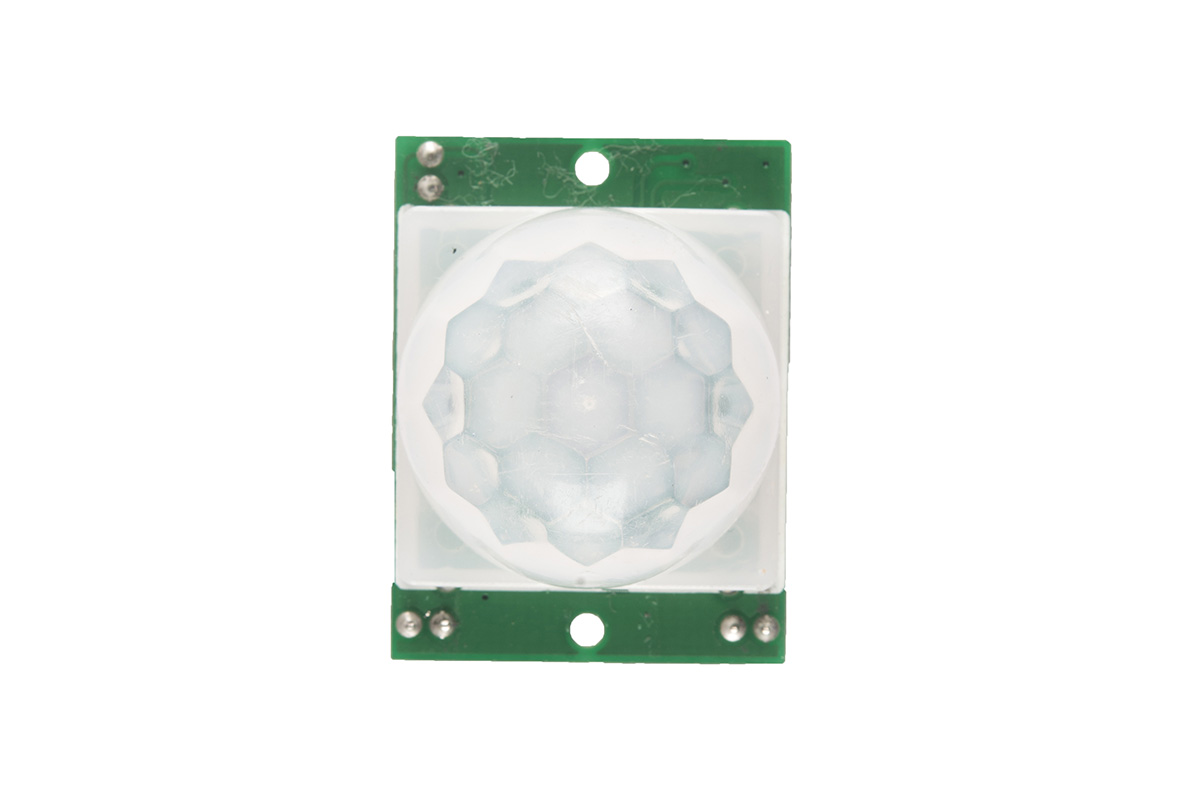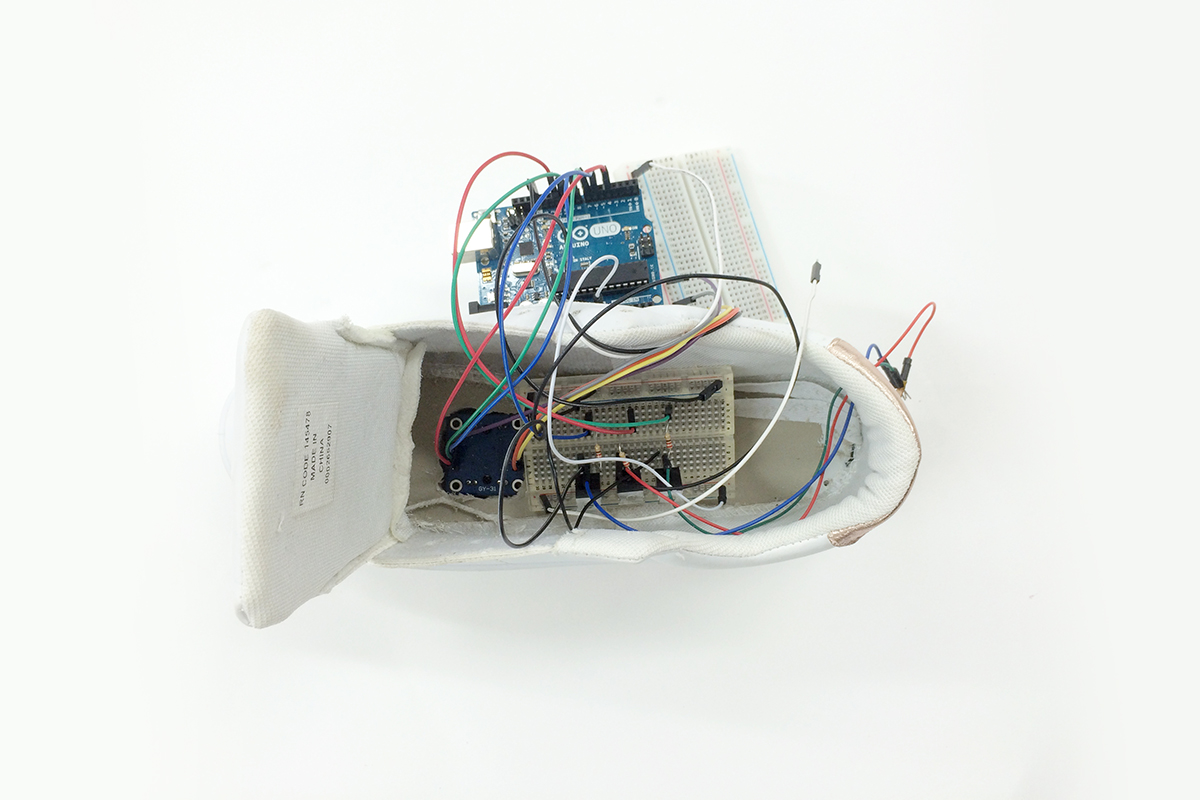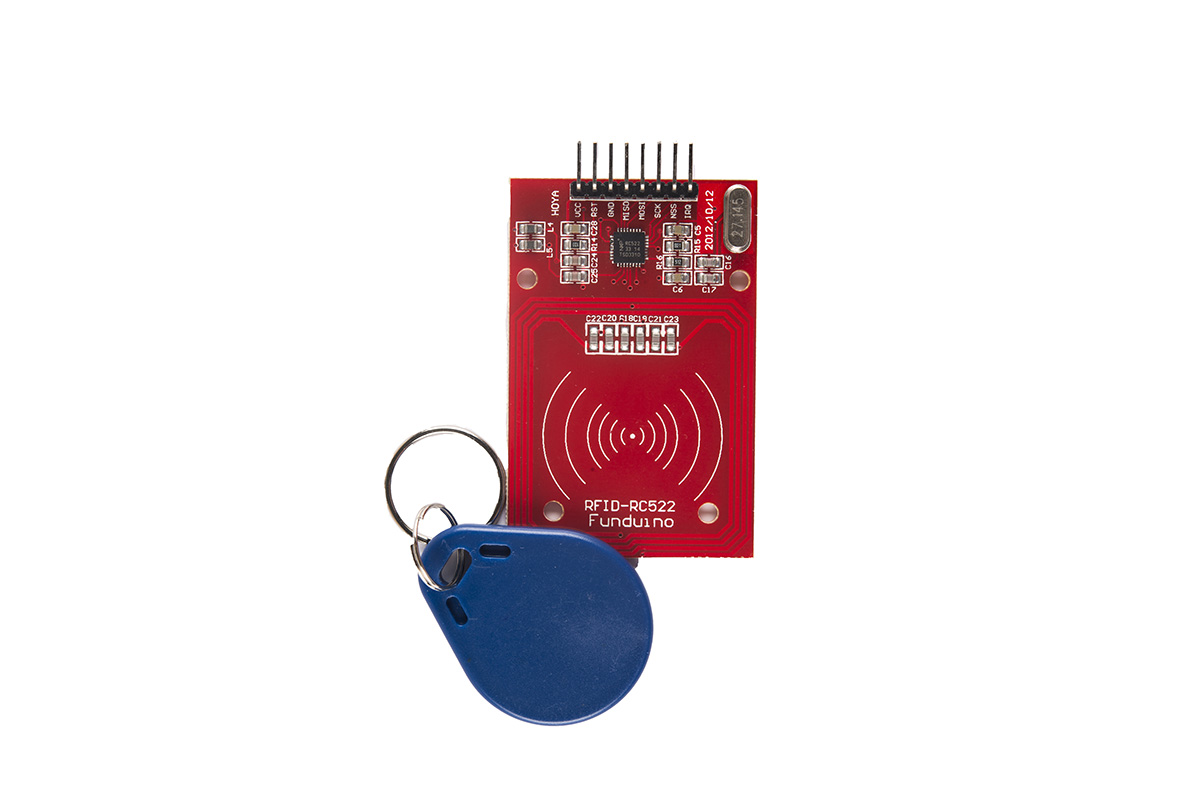PIR sensors

Overview
Passive-Infrared Sensor (PIR) is used to detect whether a human/pet has moved in or out of the sensors range (possibly works on zombies, not guaranteed). They are small, inexpensive, low power, easy to use and don’t wear out. PIR also have an adjustable delay before firing (approx. 2-4 seconds). The most common use of this sensor is a home alarm.
The sensor operates on 5V to 16V power (if you need to run it off of 3V you can do that by bypassing the regulator, but that means doing a bit of soldering). As you can see on the diagram below wiring the sensor is quite simple, three pins: one for the positive charge, the middle one for the digital signal ‘output’ and the third one for the negative charge. Sensing range is about 7 meters in 120-degree cone.
The example on the side is a simple home alarm, which detect movement. It is connected to a buzzer which set the alarm ‘ON’ depending if the movement was detects by the sensor. However this doesn’t mean the buzzer is your output, you can set a light, motor or even a camera to be your output that will react on a movement.
Health & safety
- Ensure you are familiar with all H&S rules that apply to the environment you are working in.
- Identify where first aid can be found in your work space
- Keep all components dry and free from liquid spillages
- To avoid static, make sure your work surface is sufficiently earthed


